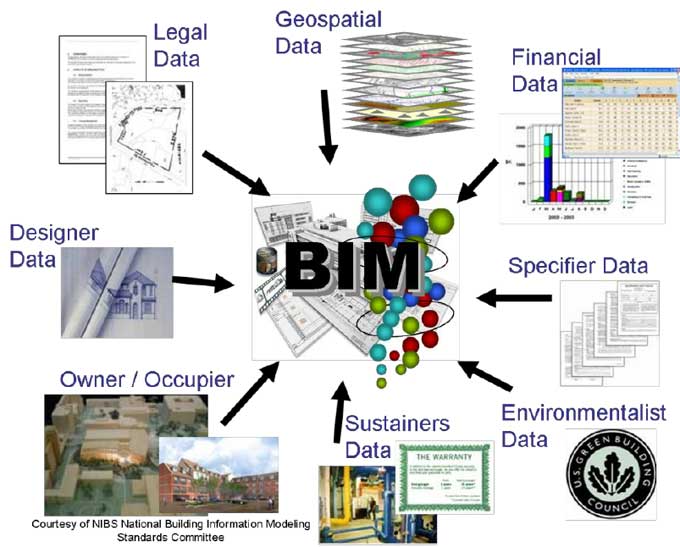What to expect from BIM in the near Future?
Tweet
Modelling software used by architects is called BIM, or Building Information Modeling. Using this software, you can create a virtual 3D model of a building and incorporate all the aspects you need to build and maintain it. In addition to geometry and spatial relationships, that includes cost estimates, sustainability, and building materials.
The future of BIM
The use of BIM is already the first choice of many architects, engineers, and builders around the world today. Although, if we take into account how fast technology is evolving, who knows if it will still be relevant in a few years' time?
We can make a few guesses based on current trends, though it is hard to say for sure.
There will be an integration between BIM and other applications
Translating information from one software to another is one of the most time-consuming and tedious aspects of design and construction. It can take up to a few months if two programs aren't compatible, so you may lose important data. In all that time, you could accomplish so much!
Thanks to technological advancements, compatibility and collaboration will be at the forefront in the future. The BIM process is no different - one day it will be able to integrate with AR/VR, 3D printing, the Internet of Things, and even artificial intelligence. Everything will then work smoothly and almost entirely automatically, from design to maintenance.
The use of BIM will begin after the design stage has been completed
A design program is not all that BIM is. Construction and maintenance of buildings can also benefit from this software. During the entire lifecycle of a building, BIM can be extremely useful due to a large amount of project information it contains.
BIM is still used mainly for design at this point. BIM is only used by 14% of owners for maintenance and regular building operations. BIM isn't much better used by building companies during construction either - only 41% use it to speed up project completion.
BIM will undoubtedly be used in different ways as more people become familiar with its capabilities. BIM will become a dominant force not only in design and architecture, but also in construction, facility management, and other phases of the building lifecycle in the future.
There will be a shift toward sustainable building
Construction trends are moving toward sustainability as environmental protection becomes more prominent. In order to create buildings that use as little energy as possible, architects now work to integrate their designs with nature.
The goal of sustainability isn't just to create a sustainable final product. It should apply to the entire construction process as well. Increasing sustainability through BIM is the best way to do so.
There are many ways in which BIM can be helpful. Engineers, contractors, and suppliers can provide their advice during the design phase.
This will allow them to increase sustainability from the start of the project, which can have a significant impact on its sustainability.
A BIM model can then help streamline collaboration once construction begins. This will increase overall efficiency, which is in line with sustainability.
As architecture and construction become more sustainable, BIM plays a greater role. BIM will be indispensable for future building projects. It's precisely for this reason that everyone in this field should have a basic understanding of it.
Final Thoughts
Though BIM has already gained popularity in the world of design, the potential of this technology hasn't been fully realized. Construction processes will change completely when it comes, but its time is yet to come.
To get online demonstration, watch the following video tutorial.
Video Source: EvolveLAB
Currently, we cannot predict exactly how it will happen, but we can imagine a few possible paths.

Gallery
Feel free to contact us for BIM requirements. One of our representative will respond you within 24 Hours. Send us your projects requirement today and grow your project.
Explore More !







